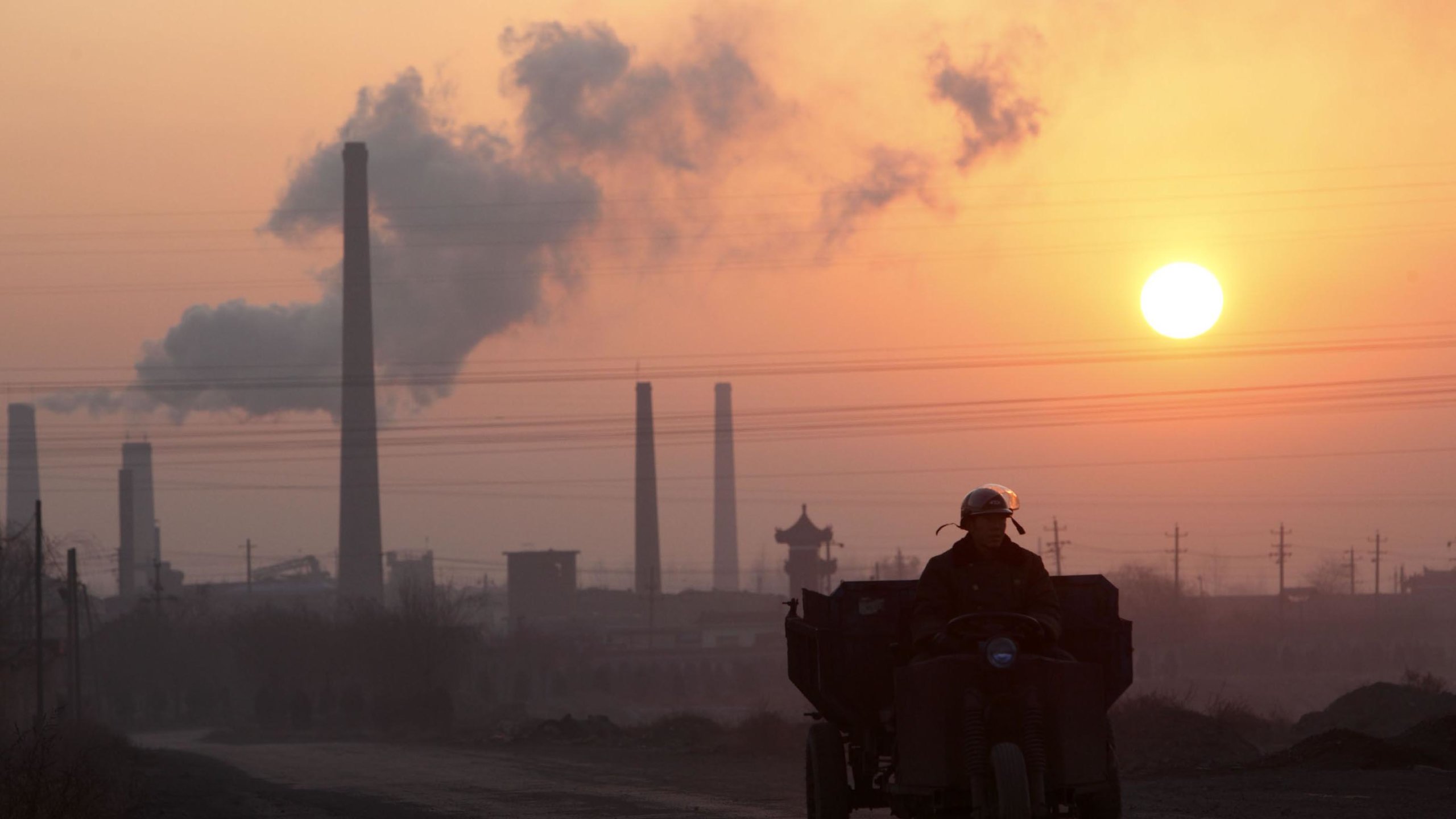It is not easy to advance economic growth while protecting the environment but if China wavers in its climate goals, the long-term costs for it—and the world—would be overwhelming
BY Deborah Lehr, Vice Chairman and Executive Director
China’s post Covid-19 economic relief programme understandably makes job creation and technological development the top priorities. The centrepiece of the effort is the “2 New + 1 Key” initiative, which promotes investment in digital and urban infrastructure as well as the implementation of 165 national-level major projects.
Balancing environmental concerns with economic growth can indeed be difficult, but it is possible – and essential. China learned the hard way in 2008 when its stimulus plan led to mass infrastructure development with limited oversight over the environmental cost.
China’s citizens paid the price with air pollution, undrinkable war and poisoned soil. Given this second chance, albeit in regrettable circumstances, China has the opportunity to learn from its past by committing to investment in infrastructure that also promotes a clean environment. China is capable of a green recovery.



